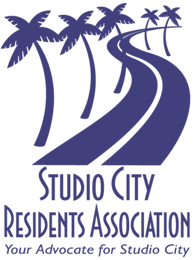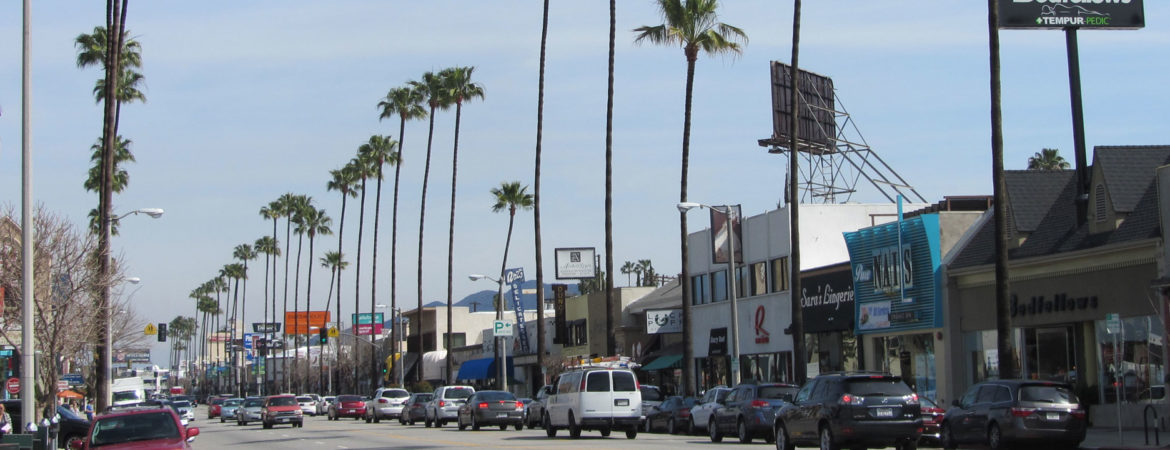The following questions come from comments received by the SCRA office staff and from conversations with both SCRA members and non-members who have spoken with either the SCRA Board or the SCRA Overlay Committee.
Where can I find more information on AntiRacism Resources?
For your convenience, we’ve linked a copy here of a local Juneteenth flyer.
Anti Racism Resources
How do I report water waste?
The LADWP’s Water Conservation Response Unit (WCRU) is ready to investigate water waste reports. You can email water waste incidents to
waterwaste@ladwp.com, call 1-800-DIAL-DWP (1-800-342-5397), or use
MYLA311 Online Services. When submitting, include exact address, date and time, and brief description of the water waste.
What is water irrigation runoff and how can I manage it?
When water runs onto the sidewalk, driveway or street, even when there is no rain, it is probably because of overwatering and/or over-spraying. This costs the homeowner money; the water is not going to keep his/her landscaping green but rather dumps it onto city streets. Some tips for eliminating runoff include :
- Adjust the sprinkler time for short durations over time. (Two short cycles are better than one long one.)
- Apply mulch. When there is no grass, apply 2 to 3 inches of mulch. This will keep the soil from compacting and allow water to percolate into the soil.
- Adjust irrigation systems to prevent over-spray. Direct the spray away from streets and driveways; keep it for the landscape.
How do I obtain a construction permit?
To check out construction permits in your area, go to :
https://www.ladbsservices2.lacity.org/OnlineServices/. Click on the ‘Permit and Inspection Report’ option and choose your specific search option. Available searches are by : Single Address Search, Address Range Search, or Other Searches
How do I Opt-in to the SCRA News and Notes emails?
If you are not currently receiving the News & Notes emails, you can click on the link to
sign up .
Do I have to live in Studio City to become a member?
No, membership is open to all. Members living outside of Studio City have all the privileges and benefits of membership other than voting for officers of SCRA at the Annual General Meeting.
Where can I get information for the homeless who want help?
The Welcome Home Project assists families and individuals experiencing homelessness in the San Fernando Valley, Santa Clarita Valley, and the Glendale Area through HFSS and CES. Click on the following link for further information.
Resources for the HomelessHow do I report graffiti on billboards?
Graffiti on billboards needs to be reported directly to the company who owns the billboard. Before calling, note the billboard company, number (usually a 3 or 4 digit number in a lower corner) and the ad that is displayed on the board. Here are the phone numbers for the major billboard companies in Studio City:
Clear Channel: (310) 755-7200
CBS Outdoor: (323) 276-7309
Van Wagner: (818) 508-8880
What is the Protected Tree Ordinance?
Protected tree means any of the following Southern California native tree species which measures four inches or more in cumulative diameter, four and one half feet above the ground level at the base of the tree:
-
- (a) Oak tree including Valley Oak (Quercus lobata) and California Live Oak (Quercus agrifolia), or any other tree of the oak genus indigenous to California but excluding the Scrub Oak (Quercus dumosa).
- (b) Southern California Black Walnut (Juglans californica var. californica).
- (c) Western Sycamore (Platanus racemosa).
- (d) California Bay (Umbellularia californica).
Read the full Protected Tree Ordinance here.
What is the purpose of the Residential Floor Area (RFA)?
As stated in the report by the City Planning Department, “It is important to note that the proposed RFA district is not intended to prohibit any and all new development or large homes, but it is a measure to reasonably restrict buildings that are substantially larger than the range of existing homes size and are incompatible with the surrounding residential neighborhood.” (Department of City Planning: Staff Report Feb 25, 2010) *
* For any/all questions pertaining to the Residential Floor Area (RFA), please check the Final RFA ordinance for the most complete information. The answers contained herein are guidelines only.
If my house is in the RFA and it burns down, can I replace it to the same size?
Yes: Fire or Earthquake. *
How big a house is permitted under the proposed RFA?
It all depends on the size of the lot. The bigger the lot, the bigger the house. The percentage of the floor area is initially set at 33 percent of the lot size, but that can be increased up to .53 percent if it provides for using “bonuses”. For more information, go to
Final Residential Floor Area Ordinance.
What if I am on a small lot and don't want or can't afford to go to a second story? What can I do?
According to the City Planning Department staff report, if you want to make a first floor addition only, i.e., no second floor, and wouldn’t qualify for the bonus, then you will automatically qualify for the 40 percent RFA plus the 400 foot garage and other exceptions.
For more information, go to Final Residential Floor Area Ordinance.
Will my property values be reduced by the final RFA?
The argument is that there is value in the existing character in Studio City’s neighborhoods and the restrictions can ensure property values by preserving the desirable characteristics of these neighborhoods. Sunland Tujunga has had a similar RFA for some years now, and property values there have not diminished because of its RFA. According to brokers in that area, prospective buyers can get assurances that a mansion will not be built next to the house they are contemplating buying. *
In reference to the RFA, I have seen flyers that say: “If your house is larger than 2,062 to 2,227 square feet currently, then you will never be able to add even a bathroom or a bedroom.” How about this?
This quoted statement above is incorrect. The size of the house is governed by how large the lot is. *
In reference to the RFA, what is a “Conformance Rate” that the Planning Report talks about?
The majority (84 percent) of the existing housing (single family residences) have a floor RFA of 33 percent or less. The proposed RFA will complement the surrounding houses in terms of scaling and massing. *
Why do we need the RFA? We have the Baseline Mansionization to protect us, right?
No, not necessarily. Under the BMO, with readily obtained bonuses, the rate is at 60 percent, e.g., lot size 6,250 square feet, allowable house = 3,750 square feet plus a 400 square foot garage for a total of 4,150 square feet. A lot size of 6,750 square feet provides for allowable house of 4,050 square feet plus a 400 square foot garage for a total of 4,450 square feet.
When all is said and done, what is the RFA all about?
If you are concerned about the size of a remodel or tear down next to your house that will impact the enjoyment and privacy of your home and diminish the value of the neighborhood, then some form of restriction on size is necessary. *

